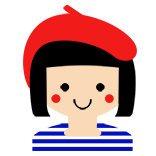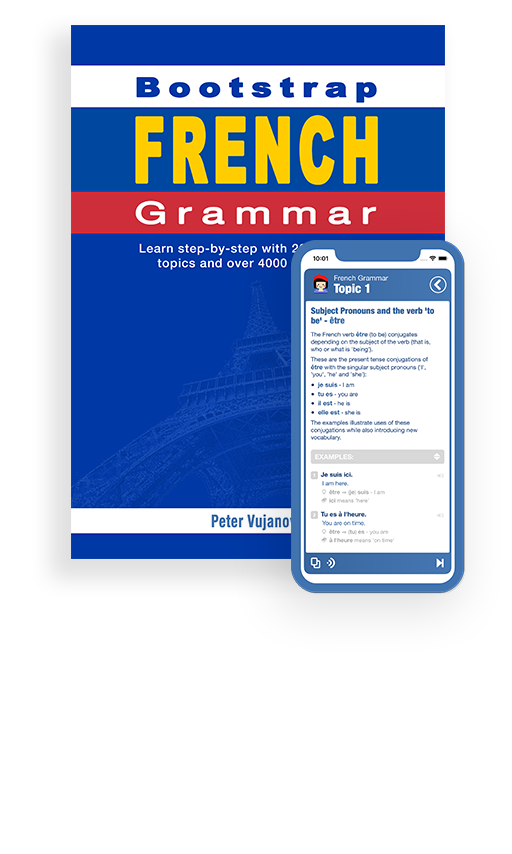French grammar - Parts of the body and reflexive verbs |
|||
|
|||
When referring to a part of the body in French we don't use the possessive adjective ('my leg' or 'his back'). Instead in French the definite article is used ('la jambe' or 'le dos') And often whose body part it is conveyed by which reflexive pronoun is used. -- We could also of course use the possessive de to specify who the body part belongs to - for example la jambe de Jacques. |
| Examples: | |
|
Je me brosse les dents.
I brush my teeth.
|
|
|
Elles se brossent les dents.
They (females) are brushing their teeth. |
|
|
Pourquoi ne te brosses-tu pas les dents ?
Why don't you (familiar) brush your teeth? |
|
|
Vous brossez-vous les cheveux ?
Do you (formal) brush your hair?
|
|
|
Ils se lavent le visage.
They wash their faces.
|
|
|
Est-ce qu'elle se lave les mains ?
Does she wash her hands?
|
|
|
Se lave-t-elle les mains ?
Does she wash her hands?
|
|
|
Se rase-t-il le visage ?
Does he shave his face?
|
|
|
Il se coupe toujours un doigt avec ce couteau.
He always cuts a finger with this knife.
|
|
|
Dans cette scène, elle se casse la jambe.
In this scene she breaks her leg.
|
|
|
Elle se coupe les ongles.
She is cutting her fingernails.
|
|
 |
|



 With inverted questions the pronoun stays attached to the verb.
With inverted questions the pronoun stays attached to the verb.